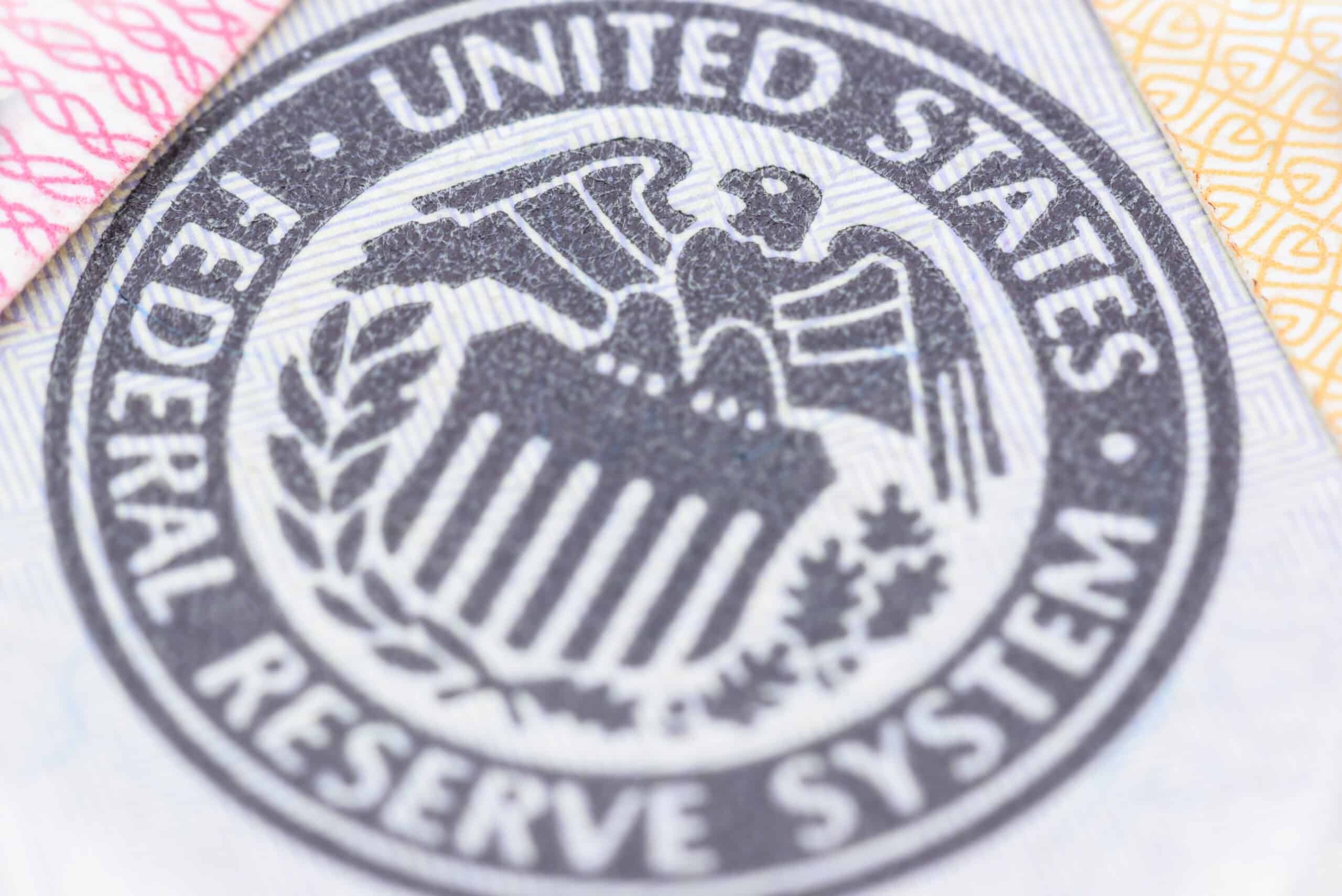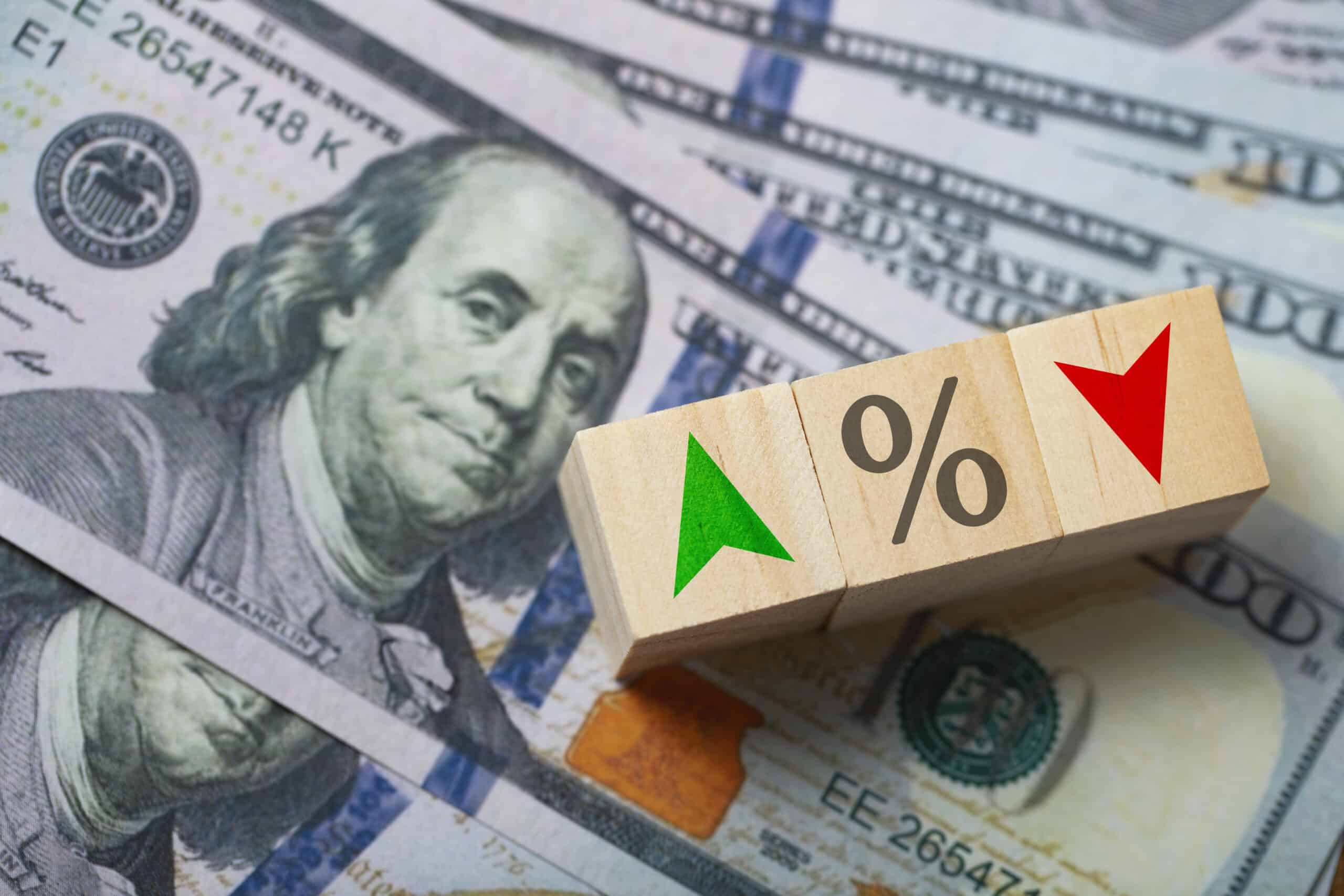

After record-low interest rates at under 3 percent spurred whirlwind economic activity in 2021, the United States Federal Reserve began increasing interest rates in 2022. This was done to curb inflation, which skyrocketed under supply-chain shortages and changed consumer behavior from pandemic restrictions.
Rates have remained consistently high for over a year, reaching nearly 8 percent in November 2023. And it’s had an impact on the real estate market. Many buyers are waiting out the interest rate spike to lower their monthly mortgage bill. Those waiting may feel like rates are never going to come back down.
But there is some good news. Federal Reserve Chair Jerome Powell testified earlier this month to Congress that an interest rate cut is likely in 2024. Powell did not make any promises, as the Fed is waiting for the right market and economic conditions. He did not claim to know when exactly rates would be cut. Here’s why rates haven’t been cut yet.
1. Inflation hasn’t fallen enough.

Powell claims that the Fed plans on decreasing interest rates, but not without seeing inflation fall below 2 percent. Inflation hit a record-high 9.1 percent in the summer of 2022, and consumers felt the impacts immediately. Gas, groceries, and rent skyrocketed seemingly overnight. This increase in inflation is what caused the Fed to start increasing rates to slow consumer spending.
February 2024 saw inflation grow 3.2 percent over a 12-month period. This is significantly lower than the 9.1 percent we saw in 2022. However, the Fed is looking for 2 percent inflation over time. In a 60 Minutes interview with Scott Pelley last month, Powell said, “…we wouldn’t wait to get to 2 percent to cut rates.”
2. The Fed wants to see more price stability.

In the 60 Minutes interview, Powell said:
I can’t overstate how important it is to restore price stability, by which I mean inflation is low and predictable and people don’t have to think about it in their daily lives. That’s where we were for 20 years. We want to get back to that.
Price stability often influences Americans’ outlook on the economy. The current unemployment rate is low at 3.9 percent and inflation has slowed while wages have grown. These are all indicators of a strong economy. Yet many Americans are pessimistic and lack confidence in the economy.
One reason for this pessimism could be that costs are still high. The price of goods such as eggs, bread, and milk increased substantially after the pandemic and during record-high inflation. They aren’t likely to come down. Consumers may express dissatisfaction with the economy when their everyday spending is impacted, even if the economy is otherwise strong.
3. The economy is still subject to high inflation.

In his testimony to Congress, Powell suggested that there is a risk in cutting rates too soon. Cutting rates too quickly could set off inflation again or reverse the progress that the economy has made. According to Powell, cutting interest rates too soon could mean that inflation settles above the Fed’s 2 percent target.
High inflation impacts consumer spending for everyone, as we saw in 2022 with sudden price spikes at the gas pump and in grocery stores and restaurants. Many Americans are still adjusting to high inflation costs from 2022, as the rate of inflation outpaced wage growth for over a year.
4. The Fed is waiting for the right time.

On the flip side, cutting rates too late or by too little could mean tighter policy, which could have negative impacts on the labor market and economic activity. These factors are ingredients in a recession recipe.
The Fed’s decision to decrease interest rates will all boil down to timing. They don’t want to go too quickly, but they also don’t want to wait too long. Each could have detrimental impacts on the economy and consumers. Instead, they are waiting for just the right time.
Impacts on the real estate market.

Low interest rates created high demand for purchasing real estate in 2021. Over 6 million existing homes sold in 2021, the highest level since 2006. Prices increased nearly 20 percent nationwide as demand far outpaced inventory. In Austin, Texas, home prices increased by 30 percent. Bidding wars were common, and homes frequently sold over the asking price. Buyers were desperate to lock in a low interest rate.
Just as low interest rates increase market activity, high rates curb it. Even though demand still outpaces inventory and we’re technically in a sellers’ market, in 2023 existing home sales were the slowest they had been in 28 years.
Home sales volume has decreased and prices are on the decline. The nationwide median existing home price has dropped from the historically high $413,800 we saw in June 2022 down to $379,100 in January 2024. This may mean that sellers won’t get as high of a price for their home as they would like. But, according to economists, this may be a signal of a market correction rather than the precursor to a housing market crash.
Experts predict that inventory will remain low in 2024, as many buyers who purchased their homes are paying interest rates significantly lower than the current 6.8 percent. Entry-level homes are particularly difficult to come by, which will delay first-time millennial and Gen Z buyers who already face numerous barriers to homeownership.
However, according to Forbes, homebuilders and single-family building permits are both trending upwards, which means that the housing supply could increase in the coming months and years as mortgage rates decrease.
Take This Retirement Quiz To Get Matched With An Advisor Now (Sponsored)
Are you ready for retirement? Planning for retirement can be overwhelming, that’s why it could be a good idea to speak to a fiduciary financial advisor about your goals today.
Start by taking this retirement quiz right here from SmartAsset that will match you with up to 3 financial advisors that serve your area and beyond in 5 minutes. Smart Asset is now matching over 50,000 people a month.
Click here now to get started.
Thank you for reading! Have some feedback for us?
Contact the 24/7 Wall St. editorial team.



